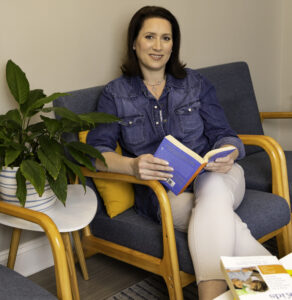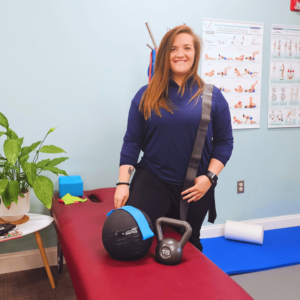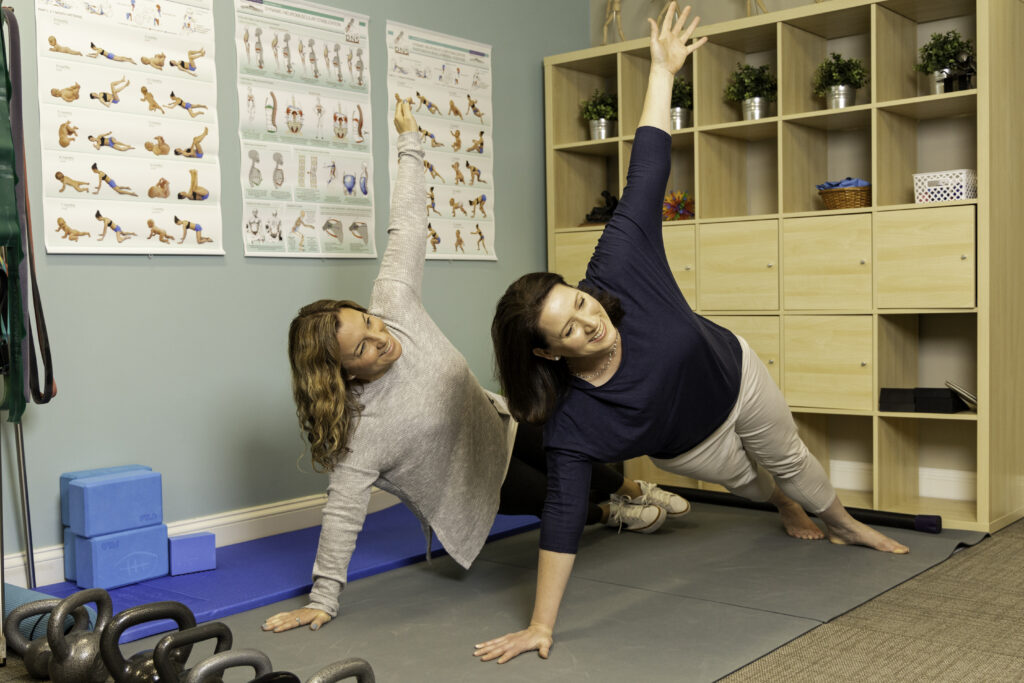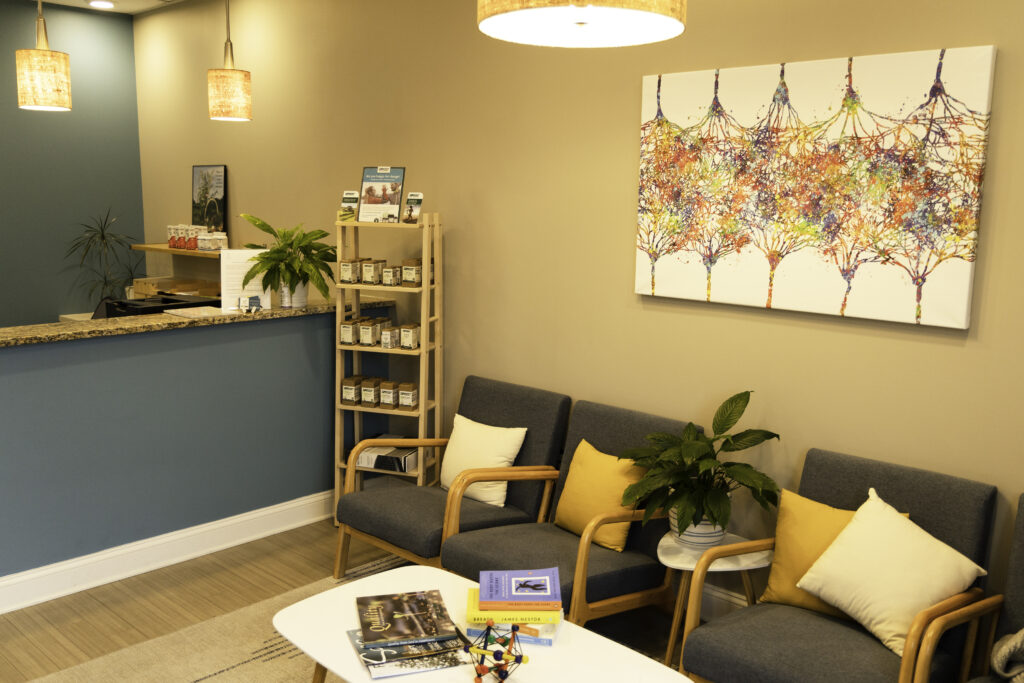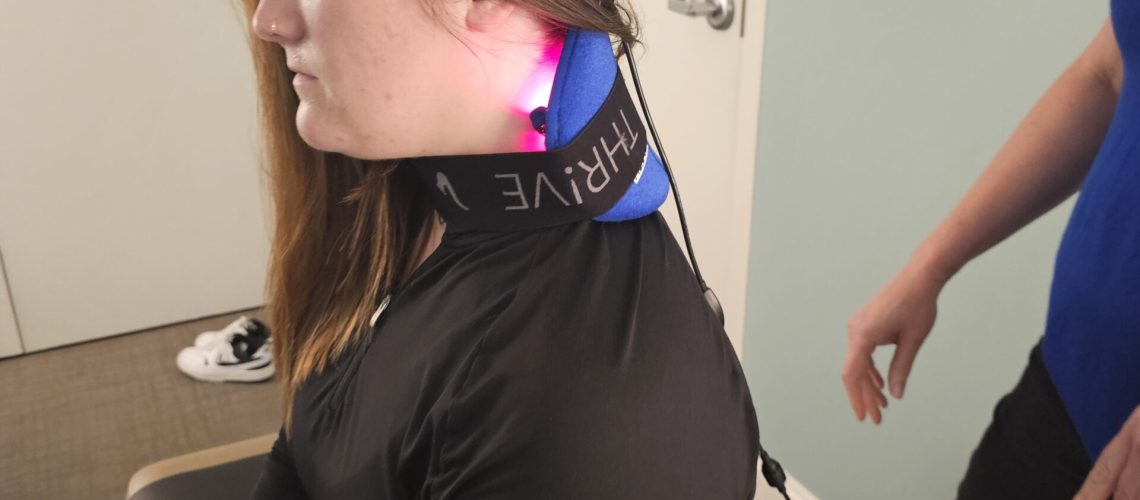The Science Behind Low-Level Laser Therapy (LLLT) and Photobiomodulation (PBM)
Low-level laser Therapy (LLLT), also known as Photobiomodulation (PBM), uses specific wavelengths of light to interact with tissue, promoting healing, reducing inflammation, and providing pain relief. Unlike high-powered lasers used in surgical settings, LLLT operates at lower intensities, making it safe and noninvasive. Its effectiveness lies in several scientifically supported mechanisms of action, each contributing to its therapeutic benefits.
Enhancing Cellular Energy Production
LLLT targets mitochondria, the powerhouse of the cell. Red light stimulates mitochondria to produce more adenosine triphosphate (ATP), the body’s energy currency. Increased ATP levels fuel cellular processes, enabling faster tissue repair, improved cell function, and enhanced energy for healing.
How it works:
- Light-sensitive organs within the mitochondria absorb the red laser light.
- This stimulates the electron transport chain, increasing ATP synthesis.
- More energy leads to improved cell performance and repair processes.
Reducing Inflammation
Inflammation is a natural response to injury or stress but can become problematic if chronic. LLLT reduces pro-inflammatory cytokines like TNF-alpha and IL-6 while boosting anti-inflammatory cytokines. This dual effect alleviates swelling and pain, creating an optimal healing environment.
Key actions:
- Improves macrophage activity, which helps clear damaged tissues.
- Modulates the inflammatory response to prevent excessive tissue damage.
Pain Relief Through Modulation of Pain Pathways
LLLT reduces pain through both direct and indirect mechanisms. It decreases the excitability of pain-sensing nerves and increases the production of endorphins, the body’s natural painkillers.
Mechanisms involved:
- Blocks pain signals by inhibiting C-fiber activity.
- Increases local nitric oxide production, improving blood flow and reducing ischemic pain.
- Elevates serotonin and endorphin levels, promoting a sense of relief.
Improving Blood Flow and Tissue Oxygenation
Laser therapy increases the production of nitric oxide, which relaxes blood vessels. This improves circulation and oxygen delivery to tissues, speeding up recovery.
Key effects:
- Improved capillary flow ensures nutrients and oxygen reach damaged areas.
- Accelerates removal of waste products like lactic acid.
Stimulating Collagen Production
Collagen is essential for tissue repair and regeneration. LLLT stimulates fibroblasts, the cells responsible for producing collagen, which aids in wound healing and the recovery of damaged tendons and ligaments.
How it helps:
- Promotes organized tissue repair, reducing scar tissue formation.
- Supports the structural integrity of healed tissues.
Supporting Nerve Regeneration
LLLT enhances the repair and regeneration of nerve fibers in nerve injuries. This is particularly valuable for conditions like sciatica, carpal tunnel syndrome, peripheral neuropathy and nerve entrapment or compression syndromes.
How it works:
- Increases Schwann cell activity, which supports nerve growth.
- Reduces oxidative stress, a major factor in chronic nerve damage.
Modulating the Immune System
LLLT helps balance the immune system, enhancing its ability to fight infections while reducing overactive inflammatory responses.
Key actions:
- Increases production of immune-regulating cells like T-lymphocytes.
- Boosts phagocytosis, the process where immune cells clear debris and pathogens.
Minimizing Scar Tissue Formation
By promoting proper cellular activity and organized collagen deposition, LLLT reduces excessive scarring. This is particularly beneficial for post-surgical recovery or after significant tissue trauma.
Enhancing Lymphatic Drainage
LLLT improves lymphatic system function, which is essential for reducing swelling and flushing toxins from the body. This can help with edema caused by injury or chronic conditions.
Activating Stem Cells
Stem cells play a pivotal role in repairing damaged tissues. Laser therapy activates these cells, enhancing their ability to regenerate tissue and promote recovery.
Antimicrobial Effects
Certain wavelengths of light have antimicrobial properties, making LLLT effective in combating infections in wounds or chronic inflammatory conditions.
Influencing Gene Expression
LLLT modulates gene expression, increasing the production of proteins involved in healing and reducing those that perpetuate inflammation.
Reducing Muscle Fatigue
For athletes or those recovering from muscular injuries, LLLT decreases oxidative stress and boosts mitochondrial function, helping muscles recover faster and reducing fatigue.
Improving Overall Tissue Health
By enhancing oxygenation, reducing oxidative stress, and promoting cellular health, LLLT supports the body’s natural healing processes, whether for acute injuries or chronic conditions.
Conditions Low-level laser Therapy Can Help Treat
At Frederick Chiropractic Wellness Center, we use LLLT to support recovery and manage pain for various conditions, including:
- Acute injuries (sprains, strains)
- Chronic pain conditions (arthritis, tendonitis)
- Nerve-related issues (neuropathy, sciatica)
- Post-surgical recovery
- Sports injuries
Our approach combines laser therapy with chiropractic care and mobility and strength exercises to help you move better, heal better, and feel better.
If you’re curious about how LLLT can help you move, heal, and feel better, contact us today to schedule a consultation.
Reference:

